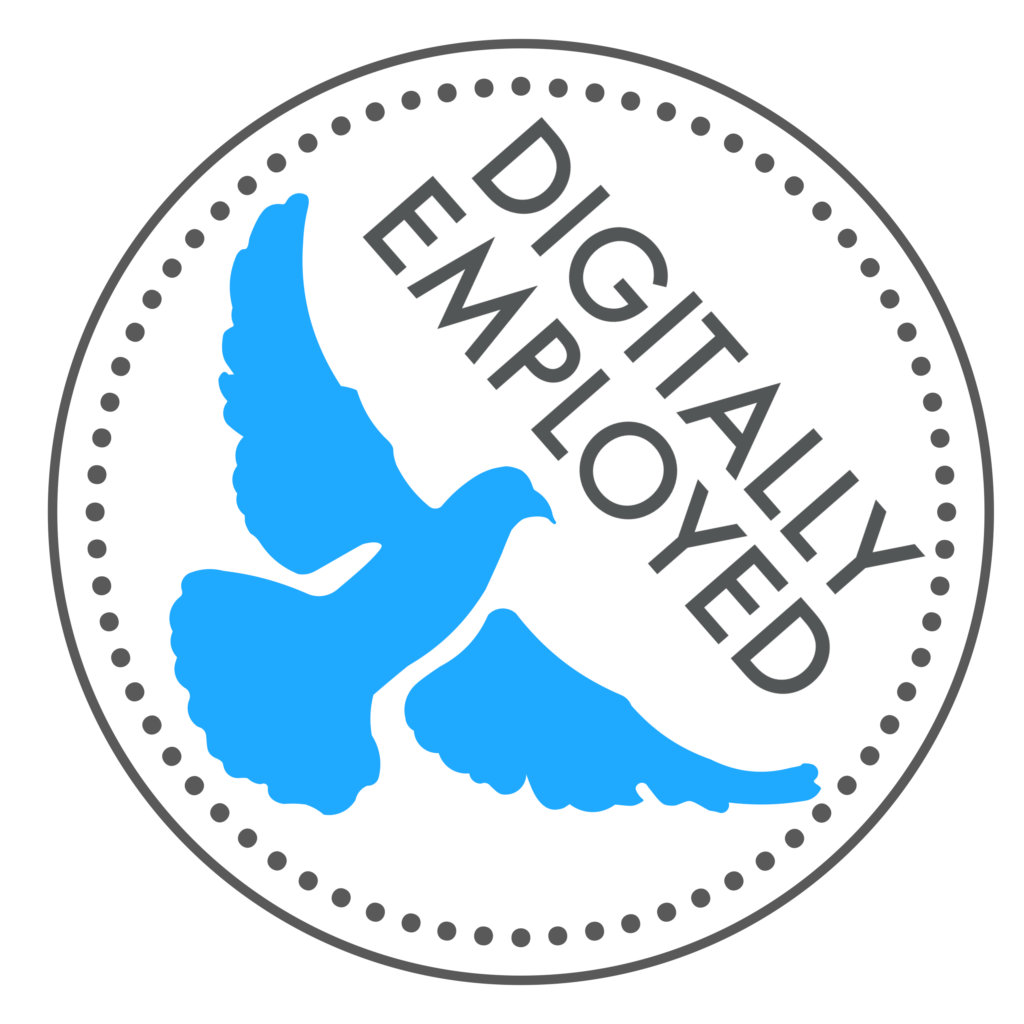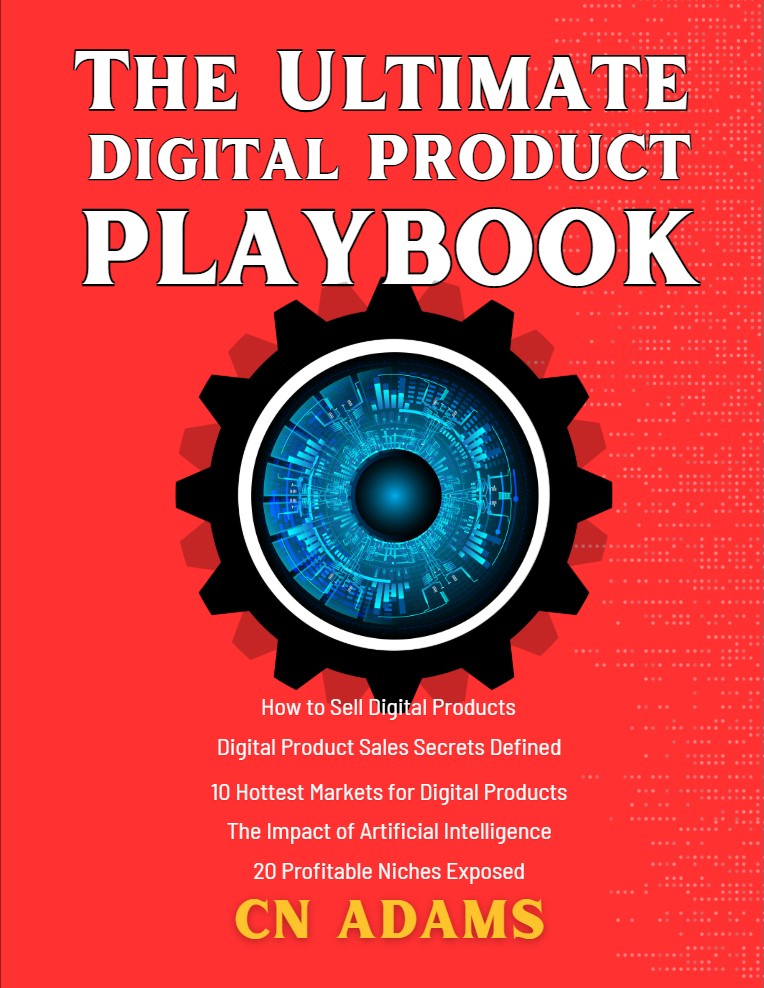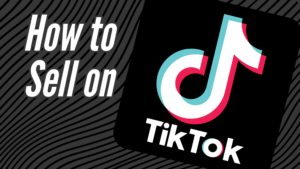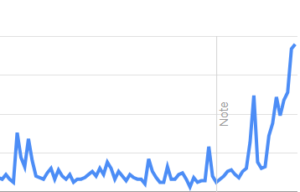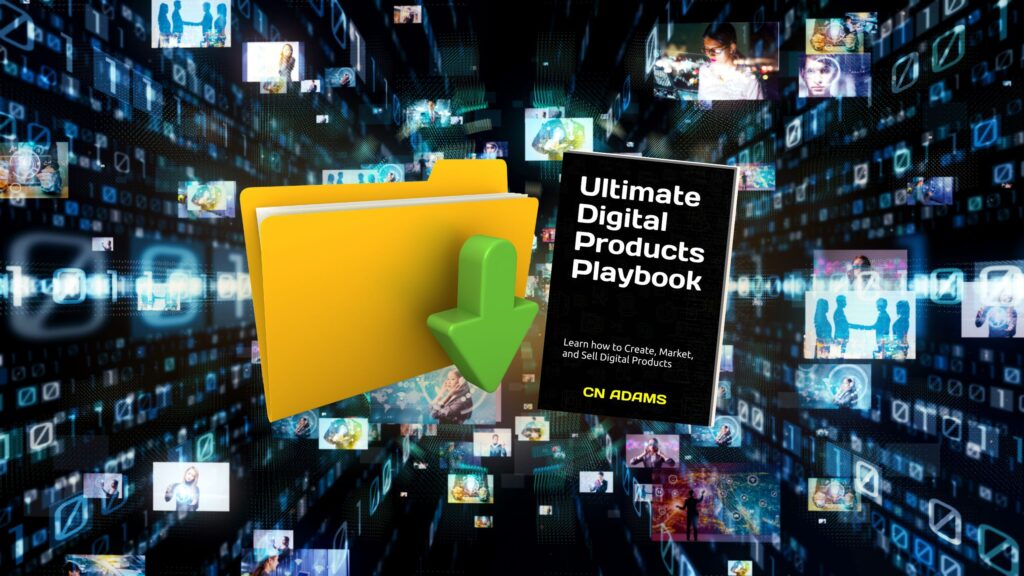
Ultimate Digital Products Playbook
How to Create and Sell Digital Products
The Ultimate Digital Products Playbook: Learn to Create, Market, and Sell Digital Products is an educational handbook that details the roadmap of creating, publishing and selling digital products online. It explores everything from defining a digital product, defining the components that make up a digital product, active markets where digital products are being sold to platforms for creating digital products and strategies commonly used for selling digital products.
In this educational textbook, you will learn about:
Types of digital products.
The anatomy of digital products.
Creating, buying and selling digital products.
Markets where digital products are bought and sold.
20 platforms for creating digital products.
20 platforms for selling digital products.
How to sell digital products.
AI in the digital market
At the time this book was published, 2025, we are living in what will be called the Renaissance Era of Digital Products. Some would argue that this era occurred a decade ago with the advent of smart phones. And then ChatGPT AI was launched on November 30th, 2022. As a result, the digital products world hasn’t just grown, it’s rocketed to the moon. In today’s rapidly evolving digital landscape, digital products markets have emerged as a powerhouse of opportunity for those brave enough to pursue. These intangible goods, ranging from e-books and online courses to software applications and digital art, have revolutionized the way we consume and distribute information and entertainment. In 2007, you could find digital products stored locally on a computer, in a game cartridge, on a physical disc and in the newly released Apple iPhones. In 2008, Google launched the Google Cloud Platform. Then technology started migrating into complex cloud computing systems. Apple launched iCloud in 2011. Google launched Google Drive a year later. Now digital data lives on cloud networks. Devices connect to a shared cloud network where information can be accessed, downloaded and uploaded in real time on a wide range of devices. This shared network has evolved into a diverse ecosystem of communications, networks, markets and now, artificial intelligence. The rise of machines has come (que suspenseful music). This manuscript has been developed, as a digital product itself, to help you crack the code of digital product creation and digital marketplaces that are available to everyone in the modern age. This sky is truly the limit for digital creators in 2025 and beyond.
What exactly is a digital product? A Digital Product could be an image, a video, an audio file, a text file, presentation, education, art, code, a book, GPS files, 3d printing files, architectural blueprints or anything that can be transferred to the buyer by download. A digital file is often a compilation of many different file types. Here’s a list of file types that are commonly bought and sold:
DOCs, PDFs, JPGs, PNGs, SVGs, MP3s, MP4s, XML, CSV, Ai, PSD, Pr, EPS, FBX, OBJ, STL, 3MF, .3ds, AMF, IGES, VRML, X3D, SKPs, C, C++, Java, Javascript, HTML, Swift, PHP. There are many others.
*Detailed in the back of the book
The allure of digital products lies not only in their problem-solving ability and infinite scalability but also in their potential for generating substantial revenue. For example, to make $100,000 a year in annual income, a person needs to make 274 dollars per day for 365 days. College is expensive. Educational Courses can generate a lot of revenue. Books can range from $3 to $30 profit per purchase. And many book sellers are selling 1000 or more of books per year. It is not unheard of for a published author to earn $10,000 to $20,000 per month in royalties. The eBook market alone is valued over 17.20 billion in 2024. And it’s projected to grow to 21.73 billion in 2029. Software can be sold for great profit and as a SaaS, which is designed to bring in monthly residual revenue. Applications are commonly purchased all over the globe for anywhere from thousands of dollars to millions of dollars. Many digital product markets are projected to be valued at billions in sales per year. There is an unmeasurable number of opportunities out there for digital creators and all related markets appear to be trending up for the long term. Books are going up, software is going up, education is going up, the demand for electronics, developers, cloud computing, digital products that support it all… it’s all going to the moon. Now for the kicker: there is no limit to the number of digital products that you can create. You can create 10, 100s, and 1000s of digital products. Ever increasing your ability to hit or eclipse that 274 dollar per day mark. This is reality for many creators in the world today. Why not you?
Unlike physical goods, digital products can be sold repeatedly without the need for restocking or managing inventory, making them incredibly lucrative for sellers who can create high-quality, in-demand offerings. All expenses related to manufacturing cost of goods, shipping, handling, QC and employees are eliminated in this business model. All a creator needs to invest in is upfront production, an e-commerce platform to capture the sale and maybe some marketing or advertising. This is a primary reason that the digital product game is as profitable and popular, as it is diverse. What’s more, the advent of artificial intelligence has ushered in a new era of digital product creation, enabling producers to leverage cutting-edge AI tools to streamline their workflows, enhance creativity, and even automate certain aspects of product development. From AI-powered writing assistants that can help craft compelling e-books to machine learning algorithms that can generate unique digital artwork, these technological advancements are democratizing the digital product landscape and opening-up unprecedented opportunities for innovators to tap into this burgeoning market. As we delve deeper into the world of digital products, we’ll explore the many ways in which creative sellers can create, market and distribute their digital offerings, potentially transforming their creative skills into thriving online businesses. Let’s get into the detail.
